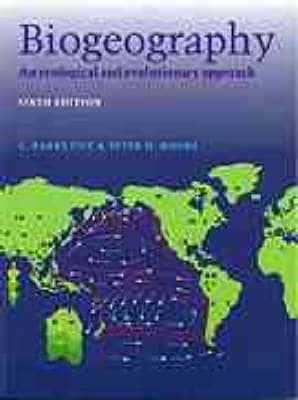Publisher's Synopsis
The science of biogeography asks, and seeks to answer, many varied questions. Why are there so many different kinds of animals and plants? Why are some common and some rare? Why are some widely dispersed and others confined to very limited areas? Why are some habitats and parts of the world so much richer in species than others? How have these patterns of distribution and species richness evolved?
The answers to these questions, in as far as they are known, are as diverse and varied as the questions themselves. To approach them it is necessary to understand global patterns of climate, as well as the physical barriers to dispersal presented by oceans, mountain chains and deserts. We need to know how species respond to the presence of competitors, predators and parasites, and how they react when their physical environment alters as climate changes and as continents break up and are set adrift. Most important of all, we need to appreciate the impact of our own species upon all others, placing new demands upon the adaptability of the living world.
The questions asked by biogeography themselves evolve over time, and this new edition of a long–established text raises new questions concerned with such topics as global biodiversity, the roles of species in ecosystems, and the degree to which traditional biogeographical concepts can be applied to the extensive, but neglected, realms of the world′s oceans. Marine biogeography is a new, but fast developing discipline, and is included here for the first time.
The book is intended as the principal text for students taking courses in biogeography, as well as wider degree programmes in which the study of biogeography is important, such as geography, ecology, palaeobiology and evolution.









